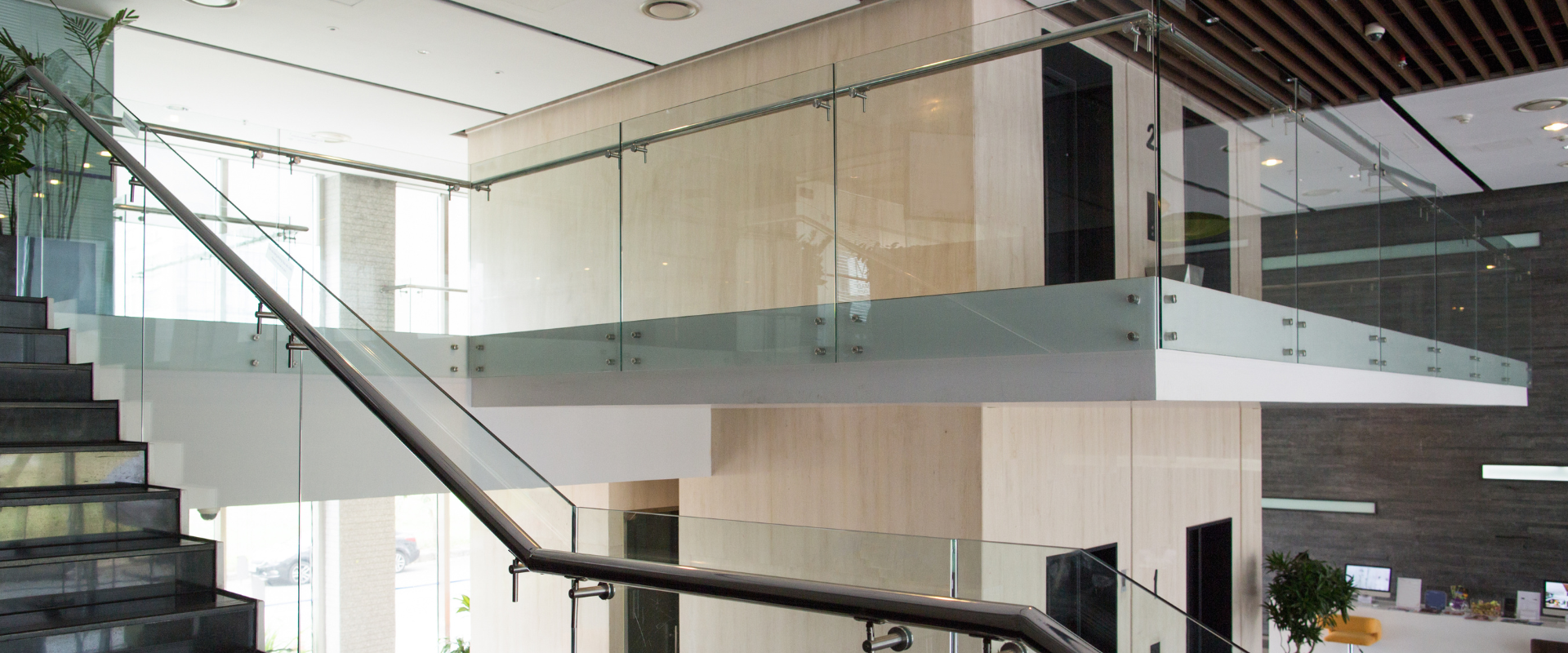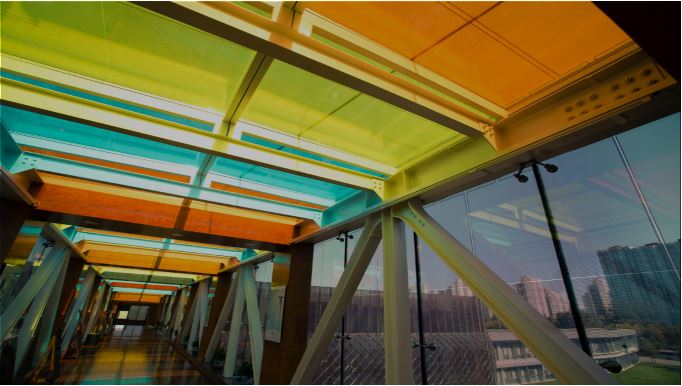Interior glass for modern architectural design
In modern architectural design, interior glass has become an essential material due to its numerous benefits and versatility. Glass has been used in architecture for centuries, but recent advancements in glass manufacturing and engineering have expanded its use in modern architectural design. From enhancing natural lighting to creating visually stunning interiors, interior glass has become a popular choice for designers and architects around the world. In this article, we'll explore the benefits, types, applications, and best practices for using interior glass in modern architectural design.
Benefits of Interior Glass in Modern Architecture:
Improved Natural Lighting: Natural lighting is a crucial aspect of modern architectural design. The interior glass allows natural light to penetrate deep into a building, illuminating the space and creating a comfortable and welcoming atmosphere.
Visual Appeal and Aesthetics: Interior glass has a sleek and elegant appearance that adds a modern and stylish touch to any space. Glass walls and partitions can also create the illusion of more space, which is a desirable feature for small or cramped rooms.
Versatility and Flexibility: Interior glass is highly versatile and can be used for various applications, including glass walls, partitions, doors, stairs, floors, ceilings, and railings. It can also be customized to fit specific design requirements and preferences.
Acoustic Insulation: Glass can be designed to provide acoustic insulation, reducing noise and providing a more peaceful environment.
Increased Energy Efficiency: Insulated glass can help regulate indoor temperatures, reducing the need for heating and cooling systems and improving energy efficiency.
Types of Interior Glass for Modern Architecture:
- Clear Glass: Clear glass is a popular choice for interior glass as it provides transparency, allowing natural light to pass through.
- Printed glass: Digital printed glass is a modern and innovative way to add unique designs and images to glass surfaces. Using advanced printing technology, it's possible to create high-resolution, full-color prints on glass that are both durable and visually stunning.
- Frosted Glass: Frosted glass provides privacy while still allowing light to pass through. It can also be used for decorative purposes and to create visual interest.
- Tinted Glass: Tinted glass can be used to control light and reduce glare. It can also be used to enhance the aesthetics of a space.
- Tempered Glass: Tempered glass is a safety glass that is designed to shatter into small pieces, reducing the risk of injury. It is commonly used for glass doors, walls, and partitions.
- Laminated Glass: Laminated glass consists of two or more glass layers with a plastic interlayer, providing additional safety and security.
- Insulated Glass: Insulated glass consists of two or more glass panes separated by an air gap or gas, providing increased energy efficiency and sound insulation.
Interior Glass Applications in Modern Architecture:
Glass Walls and Partitions: Glass walls and partitions are an excellent way to divide a space while still allowing natural light to pass through. They can also provide privacy and sound insulation.
Glass Doors: Glass doors provide an elegant and modern look while still allowing light to pass through. They can also be used to create a sense of continuity between spaces.
Glass Stairs: Glass stairs can add a unique and modern touch to a space, providing an illusion of transparency and lightness.
Glass Floors: Glass floors can create a visually stunning effect, allowing light to penetrate the lower levels of a building and providing a unique view.
Glass Ceilings: Glass ceilings can provide natural lighting and create a connection with the outdoor environment, creating a unique and visually appealing effect.
Glass Railings: Glass railings can provide safety and security while still allowing light to pass through, creating an open and visually pleasing environment.
Best Practices for Interior Glass Design in Modern Architecture:
Balancing Transparency and Privacy: When using interior glass, it's essential to balance transparency and privacy, depending on the intended use of the space.
Choosing the Right Glass Type for the Intended Use: It's essential to choose the right glass type for the intended use, considering factors such as safety, sound insulation, and energy efficiency
Integrating Glass with Other Materials: When using glass in modern architectural design, it's important to integrate it with other materials, such as wood, metal, or concrete. This creates a more cohesive and balanced look, adding texture and depth to the space.
Considering the Impact of Glass on Energy Efficiency: While interior glass can enhance natural lighting and energy efficiency, it's important to consider the impact of glass on energy consumption. For instance, glass windows and walls can lose heat during the winter and cause overheating during the summer, leading to higher energy bills.
Interior glass is a versatile and essential material for modern architectural design. From enhancing natural lighting to creating visually stunning interiors, glass can transform any space, making it more comfortable and inviting. When using interior glass, it's important to balance transparency and privacy, choose the right glass type for the intended use, integrate it with other materials, and consider its impact on energy efficiency. By following these best practices, designers and architects can create modern and sustainable interiors that stand the test of time.
Elevate your interior design game with our extensive selection of glass products. Check out the FG Interior Glass range now!

You might also like
Feb 21, 2022 by TARIQ KACHWALA
Feb 21, 2022 by TARIQ KACHWALA
Feb 23, 2022 by TARIQ KACHWALA










